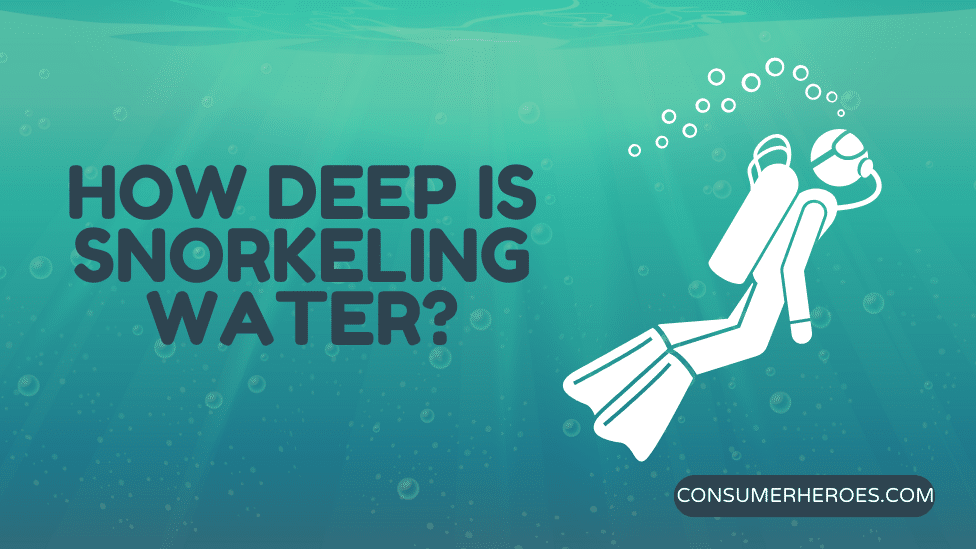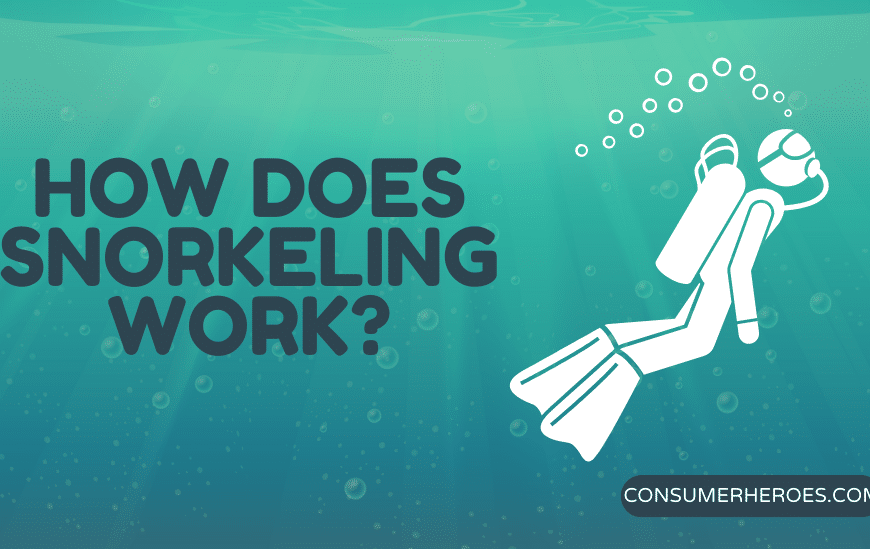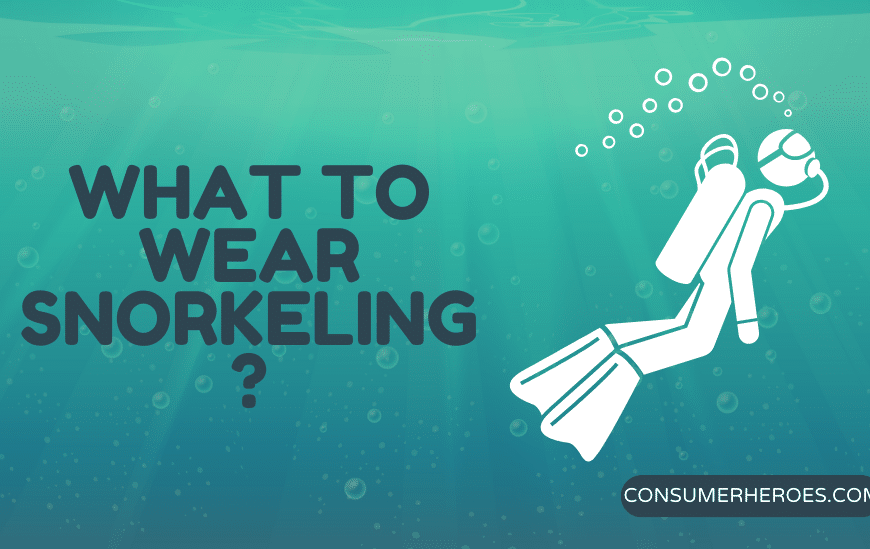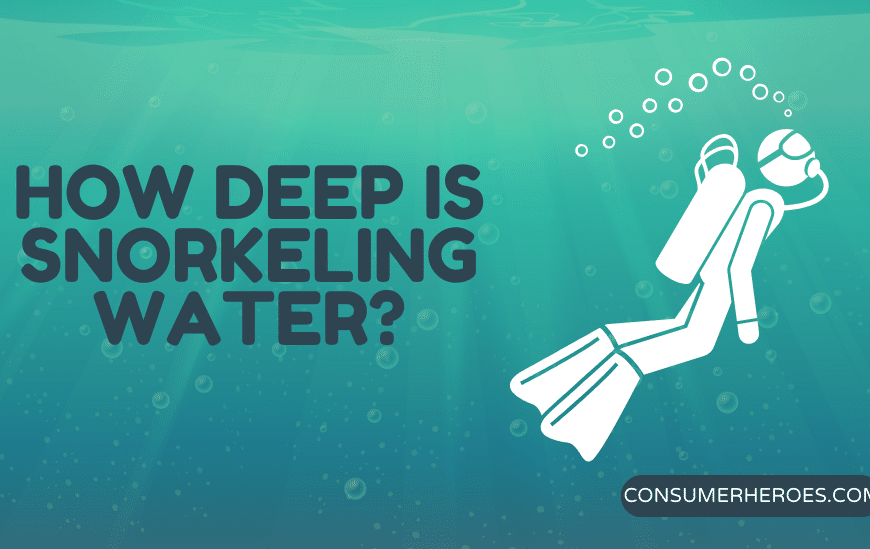Snorkeling is an exhilarating experience that allows individuals to explore the underwater world without the need for extensive scuba diving equipment. However, before embarking on a snorkeling adventure, it is important to have the necessary equipment to ensure safety and enjoyment.
The most basic equipment needed for snorkeling includes a mask, snorkel, and fins. The mask should fit snugly to prevent water from entering, and the snorkel should be the appropriate length for the individual’s height. Fins should fit comfortably and allow for easy movement in the water.
In addition to the basic equipment, it is recommended to wear a wetsuit or rash guard to protect against the sun and potential jellyfish stings. A flotation device, such as a life jacket or buoyancy control device, can also provide added safety. It is important to ensure all equipment is in good condition and properly maintained before each use.
Understanding Snorkeling
Snorkeling is a popular recreational activity that involves swimming on the surface of the water while wearing a diving mask and a snorkel. The snorkel is a tube that allows the person to breathe while keeping their face submerged in the water. Snorkeling is a great way to explore the underwater world without the need for scuba diving equipment.
To enjoy snorkeling, one needs to have basic swimming skills and be comfortable in the water. It’s also important to have the right equipment to ensure a safe and enjoyable experience. The following are some of the essential equipment needed for snorkeling:
Snorkeling Mask
A snorkeling mask is an essential piece of equipment that allows the snorkeler to see clearly while underwater. The mask should fit snugly on the face without any gaps to prevent water from entering. It’s important to choose a mask that fits well and is comfortable to wear for an extended period.
Snorkel
A snorkel is a tube that allows the snorkeler to breathe while their face is submerged in the water. It’s important to choose a snorkel that fits well and is comfortable to use. The snorkel should be long enough to extend above the water surface, even when the person is fully submerged.
Fins
Fins are essential for snorkeling as they help the snorkeler move through the water with ease. Fins come in different styles and sizes, and it’s important to choose a pair that fits well and is comfortable to wear. Fins should be snug but not too tight to avoid discomfort.
Wetsuit
A wetsuit is not always necessary for snorkeling, but it can be useful in colder water conditions. A wetsuit provides insulation and helps to keep the snorkeler warm while in the water. It’s important to choose a wetsuit that fits well and is comfortable to wear.
In conclusion, snorkeling is a fun and exciting activity that can be enjoyed by people of all ages. To ensure a safe and enjoyable experience, it’s important to have the right equipment and basic swimming skills. With the right equipment and a sense of adventure, anyone can explore the underwater world while snorkeling.
Essential Snorkeling Equipment
When preparing for a snorkeling adventure, it is important to have the right equipment to ensure a safe and enjoyable experience. The following are the essential items that every snorkeler should have:
Mask
A well-fitting mask is crucial for a successful snorkeling experience. It is important to choose a mask that fits snugly but comfortably on the face. A good mask should have a soft, silicone skirt that creates a seal around the face, preventing water from entering the mask. Some masks also have adjustable straps that allow for a more customized fit. It is recommended to try on different masks before purchasing one to ensure the best fit.
Snorkel
A snorkel is a tube that allows the snorkeler to breathe while their face is submerged in the water. A good snorkel should be comfortable to use and fit securely in the mouth. There are two types of snorkels: traditional and dry. Traditional snorkels are open at the top and require the snorkeler to clear out any water that enters the tube. Dry snorkels have a mechanism that prevents water from entering the tube, making them easier to use.
Fins
Fins are used to help the snorkeler move through the water more efficiently. They come in different sizes and styles, so it is important to choose a pair that fits well and is comfortable to wear. Fins should be snug but not too tight, and they should allow for easy movement of the feet. It is recommended to try on different fins before purchasing a pair to ensure the best fit.
By having the right equipment, snorkeling can be a fun and exciting activity for people of all ages. Remember to always wear a life jacket and snorkel with a buddy for added safety.
Choosing the Right Equipment
When it comes to snorkeling, having the right equipment is essential. Here are some considerations to keep in mind when selecting your gear.
Considerations for Masks
The mask is one of the most important pieces of equipment for snorkeling. Here are some things to consider when choosing a mask:
- Fit: The mask should fit snugly but not be too tight. Make sure there are no gaps between the mask and your face.
- Field of vision: Look for a mask with a wide field of vision so you can see as much as possible.
- Lens material: Choose a mask with tempered glass lenses for durability and safety.
Types of Snorkels
A snorkel is used to breathe while your face is in the water. Here are the two main types of snorkels:
- J-tube snorkels: These are the most basic type of snorkel and consist of a simple tube with a mouthpiece.
- Dry-top snorkels: These snorkels have a valve at the top that seals the tube when you dive underwater, preventing water from entering the snorkel.
Selecting Fins
Fins help you move through the water more easily. Here are some things to consider when selecting fins:
- Fit: Fins should fit snugly but not be too tight. Make sure they are comfortable and don’t slip off your feet.
- Blade length: Longer blades provide more power but can be more tiring to use. Shorter blades are easier to use but provide less power.
- Material: Fins can be made from a variety of materials, including rubber, plastic, and carbon fiber. Rubber fins are the most affordable but may not be as durable as other materials.
By considering these factors, you can choose the right equipment for your snorkeling adventure.
Safety Equipment
Snorkeling is a fun and exciting activity, but it is important to remember that safety should always come first. Before you head out into the water, make sure you have the necessary safety equipment with you.
Buoyancy Control Device
A buoyancy control device (BCD) is an essential piece of safety equipment for snorkeling. It helps you maintain neutral buoyancy, which means you can easily float at the surface of the water without sinking or floating to the top. This is important because it allows you to conserve energy and stay in the water for longer periods of time.
BCDs come in different styles, including jacket-style and back-inflation. Jacket-style BCDs are more common and are easier to use for beginners. They have air bladders on the sides that can be inflated or deflated to adjust buoyancy. Back-inflation BCDs have the air bladder on the back and are more streamlined, but they require more experience to use.
Signaling Devices
Another important piece of safety equipment for snorkeling is a signaling device. This can be a whistle, a mirror, or a surface marker buoy (SMB). Signaling devices are important because they allow you to communicate with others in case of an emergency or if you need help.
Whistles are small and portable and can be attached to your BCD or your snorkel. They are loud and can be heard from a distance. Mirrors are also small and portable and can be used to signal for help by reflecting sunlight. SMBs are larger and more visible, and they can be inflated at the surface to signal your location to boats or other snorkelers.
Remember to always check your safety equipment before heading out into the water. Make sure everything is in good condition and functioning properly. With the right safety equipment, you can enjoy your snorkeling experience with peace of mind.
Snorkeling Clothing
When it comes to snorkeling, clothing is an essential part of the gear. The right clothing can protect the skin and keep the body warm in cold water. Here are some of the clothing items that are recommended for snorkeling:
Wetsuits
Wetsuits are made of neoprene and are designed to keep the body warm in cold water. They work by trapping a thin layer of water between the suit and the skin, which is then heated up by the body. Wetsuits come in different thicknesses, with thicker suits providing more warmth. They also come in different styles, including full suits, shorties, and vests.
Rash Guards
Rash guards are lightweight shirts that are designed to protect the skin from the sun and from chafing. They are made of quick-drying material and are often worn under wetsuits. Rash guards come in different styles, including short-sleeved, long-sleeved, and hooded.
Water Shoes
Water shoes are designed to protect the feet from sharp rocks, coral, and other hazards on the ocean floor. They are made of quick-drying material and have a non-slip sole to provide traction on wet surfaces. Water shoes come in different styles, including slip-on and lace-up.
Overall, when choosing clothing for snorkeling, it is important to consider the water temperature and the conditions of the location. Wetsuits are recommended for colder water, while rash guards and water shoes are recommended for warmer water. It is also important to choose clothing that fits well and is comfortable to wear.
Additional Snorkeling Accessories
Underwater Camera
For those who want to capture their snorkeling experience, an underwater camera is a must-have accessory. There are many options available, from disposable cameras to high-end digital cameras. Some popular brands include GoPro, Nikon, and Olympus. It is important to choose a camera that is waterproof and has good image quality. It is also recommended to bring extra batteries and memory cards.
Snorkeling Vest
A snorkeling vest is a safety accessory that can provide extra buoyancy and support while in the water. It can also help conserve energy and reduce fatigue. Snorkeling vests come in different sizes and styles, including inflatable and non-inflatable options. It is important to choose a vest that fits properly and is comfortable to wear. Some popular brands include Cressi, Scubapro, and Aqua Lung.
Marine Life Guide
A marine life guide is a useful accessory for those who want to learn more about the underwater world. It can help identify different species of fish, coral, and other marine life. There are many different types of guides available, including books, laminated cards, and smartphone apps. It is important to choose a guide that is specific to the region and has accurate information.
Overall, these additional snorkeling accessories can enhance the snorkeling experience and provide additional safety and knowledge. It is important to choose accessories that are appropriate for the individual’s needs and preferences.
Preparation and Training
Physical Fitness
Snorkeling can be a physically demanding activity, especially for those who are not used to swimming or being in the water for extended periods. Before embarking on a snorkeling excursion, it is recommended that individuals engage in regular physical activity to improve their overall fitness levels. This can include cardiovascular exercises such as running, cycling, or swimming, as well as strength training exercises like weightlifting or bodyweight exercises.
Swimming Skills
Strong swimming skills are essential for safe and enjoyable snorkeling. Individuals should feel comfortable swimming in open water and be able to swim for extended periods without becoming fatigued. Before snorkeling, individuals should practice swimming in a pool or other controlled environment to improve their technique and build endurance.
Snorkeling Techniques
In addition to swimming skills, proper snorkeling techniques are crucial for a successful snorkeling experience. Individuals should practice breathing through a snorkel and clearing water from the snorkel tube. It is also important to become familiar with the use of fins, as they can help conserve energy and make swimming easier. Before snorkeling in open water, individuals should practice these techniques in a pool or other controlled environment.
To summarize, proper preparation and training are essential for safe and enjoyable snorkeling. Individuals should engage in regular physical activity to improve their fitness levels, practice swimming in open water to build endurance, and become familiar with proper snorkeling techniques before embarking on a snorkeling excursion.
Environmental Considerations
When snorkeling, it is important to be aware of the impact that your presence can have on the environment. By following some simple guidelines, you can help to protect the marine life and coral reefs that you are exploring.
Understanding Marine Life
Before you go snorkeling, take some time to learn about the marine life that you may encounter. This will help you to identify the different species that you see and to understand their behavior. It is also important to avoid touching or disturbing the marine life, as this can cause stress or harm to the animals.
Coral Reef Conservation
Coral reefs are fragile ecosystems that are easily damaged by human activity. When snorkeling near a coral reef, it is important to avoid touching or standing on the coral, as this can cause irreparable damage. Additionally, be careful not to kick up sand or sediment, as this can smother the coral and prevent it from growing.
Weather and Water Conditions
When planning a snorkeling trip, it is important to consider the weather and water conditions. Strong winds or currents can make snorkeling difficult or dangerous, while heavy rain can wash pollutants into the water. Always check the weather forecast and water conditions before heading out, and be prepared to change your plans if necessary.
By following these guidelines, you can help to protect the marine life and coral reefs that you are exploring while also ensuring a safe and enjoyable snorkeling experience.
| Tips for Environmental Considerations |
|---|
| Learn about marine life before snorkeling |
| Avoid touching or disturbing marine life |
| Do not touch or stand on coral reefs |
| Be careful not to kick up sand or sediment |
| Check weather and water conditions before going out |







